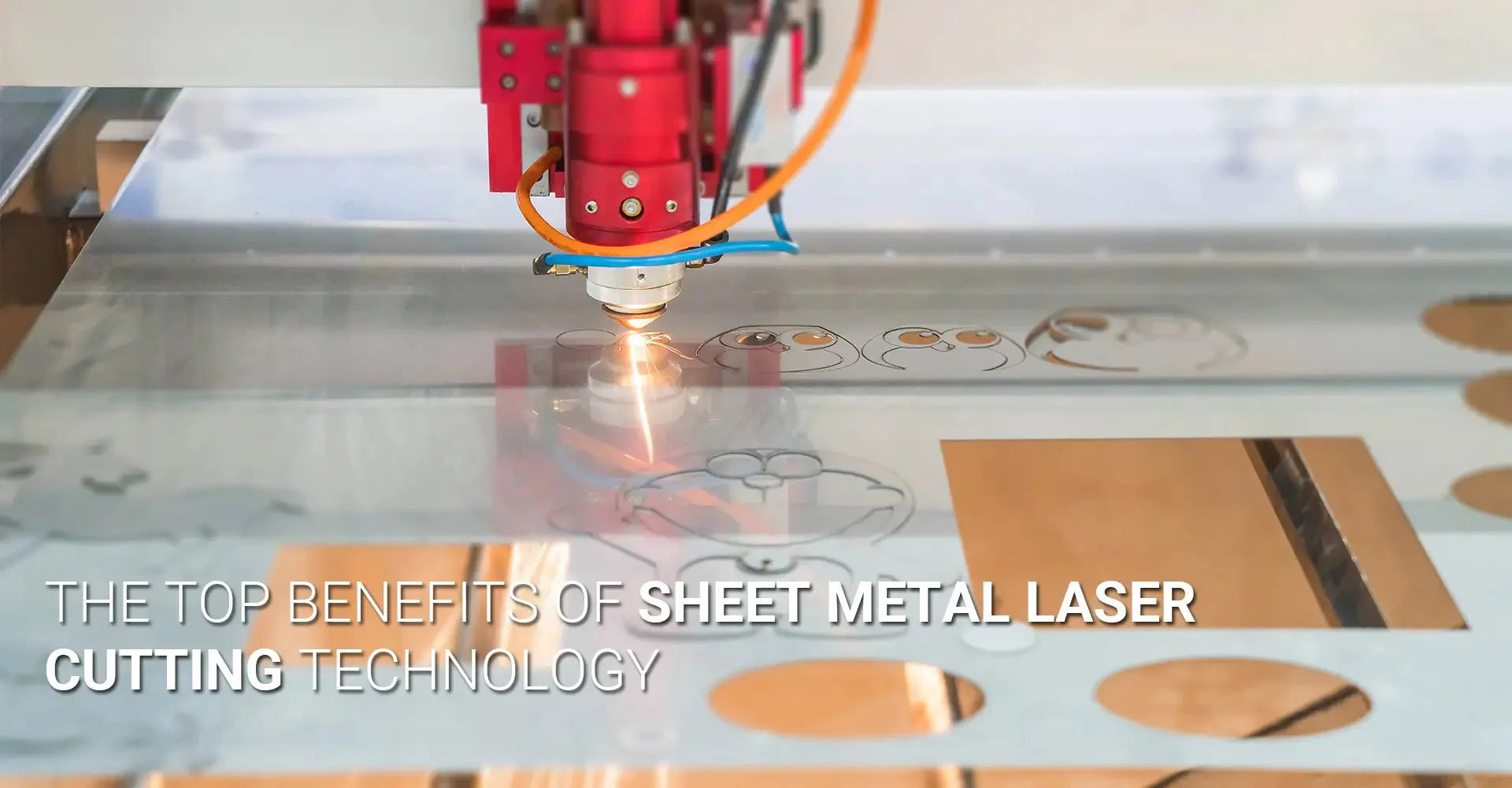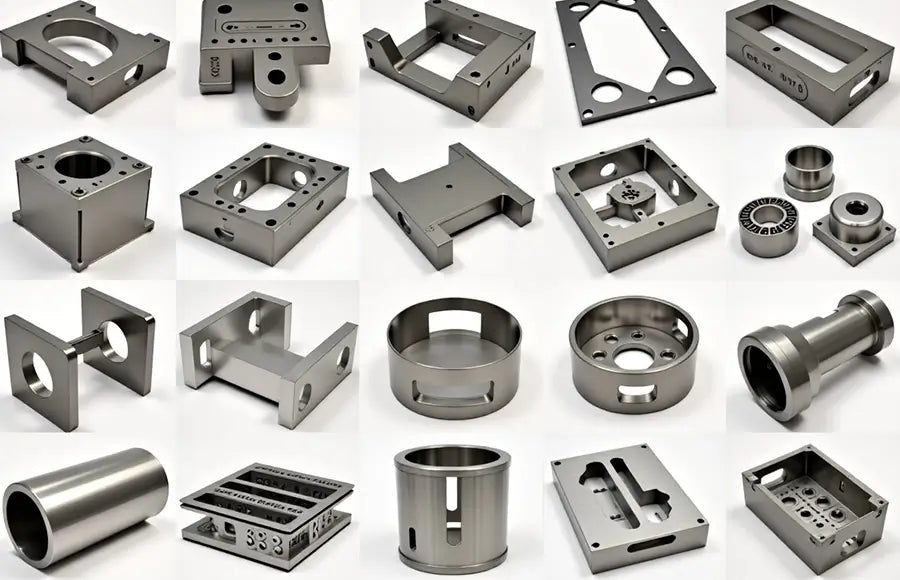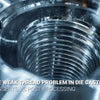What Are The Top Benefits Of Sheet Metal Laser Cutting Technology?

What Are The Top Benefits Of Sheet Metal Laser Cutting Technology?

In today's competitive manufacturing landscape, precision and efficiency are paramount. Sheet metal laser cutting has emerged as a game-changing technology that delivers exceptional results across numerous industries. This advanced cutting method utilizes concentrated light beams to create intricate designs with remarkable accuracy and minimal material waste.
If you're looking for high-precision metal fabrication solutions, laser cutting technology offers unmatched advantages in terms of accuracy, versatility, and production speed. With the global laser cutting machine market projected to reach USD 132.3 billion by 2033, more manufacturers are adopting this technology to meet increasingly complex fabrication requirements.
Before diving into the specific benefits and applications of sheet metal laser cutting, it's worth understanding how this technology has transformed the manufacturing landscape. Whether you're in automotive production, industrial equipment manufacturing, or custom fabrication, laser cutting provides solutions that traditional cutting methods simply cannot match.
[TOC]
How Does Sheet Metal Laser Cutting Actually Work?
Sheet metal laser cutting is a precise manufacturing technique that uses a high-power laser beam to cut through thin sheets of metal with remarkable precision. This process combines sophisticated optics with computer numerical control (CNC) technology to deliver exceptional accuracy and consistency in creating complex components.
The laser cutting process begins when a focused beam of light hits the metal surface, heating it to the point where the material melts or vaporizes. The CNC system then guides this beam along a predetermined path to create the desired shape or design. Unlike traditional cutting methods, there's no physical contact with the material, which eliminates many common fabrication challenges.
During the cutting process, the laser beam creates a kerf (cut width) as small as 0.1mm, allowing for incredibly detailed work with minimal material waste. The sheet metal fabrication process becomes significantly more precise and efficient with laser technology, as it can achieve accuracy levels as low as 0.003mm. Additionally, the focused nature of the laser beam generates minimal heat spread, resulting in cleaner edges and reduced warping compared to conventional cutting methods.
Which Materials Work Best With Sheet Metal Laser Cutting?
One of the most significant advantages of laser cutting technology is its versatility across different metal types and thicknesses. From thin sheets to moderately thick plates, laser cutting delivers consistent results across a wide range of materials.
Stainless steel, carbon steel, and aluminum are among the most commonly cut materials, each responding differently to the laser beam's properties. For instance, stainless steel cuts exceptionally well with minimal dross (the excess material that solidifies at the bottom of the cut). Various sheet metals including nickel, brass, and copper can also be effectively processed using laser cutting technology, though reflective metals sometimes require specific laser types for optimal results.

Material thickness is an important consideration when using laser cutting technology. While thinner sheets (0.5-10mm) can be cut quickly and efficiently, thicker materials require higher power lasers and may process at slower speeds. The material's composition also affects the surface finish quality, with proper laser settings ensuring minimal oxidation and consistent edge quality. Experienced operators can adjust parameters like power, speed, and focus to achieve the best results for each specific material.
What Types Of Lasers Are Used In Sheet Metal Cutting Processes?
The laser cutting industry utilizes several different laser types, each with unique properties that make them suitable for specific applications and materials. Understanding these differences helps manufacturers select the optimal technology for their production needs.
CO₂ lasers and fiber lasers represent the two most common technologies used in industrial sheet metal cutting operations today. CO₂ lasers, which use a mixture of gases to generate a high-powered beam, are particularly effective for cutting non-reflective materials like mild steel. They excel at producing clean edges on thicker materials but operate at somewhat slower speeds than newer technologies.
Fiber lasers, on the other hand, have revolutionized the industry with their superior speed and precision. These solid-state lasers generate the beam through optical fibers doped with rare-earth elements, delivering up to three times faster cutting speeds on thin materials compared to CO₂ lasers. They also consume significantly less energy while providing exceptional beam quality for cutting reflective metals like aluminum and copper. Modern industrial machinery increasingly features fiber laser technology due to its lower operating costs and maintenance requirements, making it the fastest-growing segment in the laser cutting market.
How Is Sheet Metal Laser Cutting Applied Across Industries?
Laser cutting technology has found applications across numerous manufacturing sectors due to its unique combination of precision, flexibility, and efficiency. From mass production to custom fabrication, this versatile technology continues to expand its reach.
The automotive industry represents one of the largest applications for laser cutting technology, using it to create everything from precise body panels to intricate internal components. In automotive manufacturing, laser cutting enables the production of lightweight yet strong components that help improve fuel efficiency while maintaining structural integrity. The technology's ability to cut complex shapes with perfect repeatability makes it ideal for high-volume production environments.

Beyond automotive applications, sheet metal laser cutting plays a crucial role in aerospace, electronics, and medical device manufacturing. The semiconductor industry relies on laser-cut components for precision equipment, while consumer electronics manufacturers use the technology to create ever-smaller device housings and components. The construction industry benefits from custom-cut architectural elements, and even artists and designers have embraced laser cutting for creating unique metalwork. With the global laser cutting machine market growing at a CAGR of 8.7%, these applications continue to expand as the technology becomes more accessible and affordable for businesses of all sizes.
Conclusion
Sheet metal laser cutting technology offers unmatched advantages in precision, versatility, and efficiency that traditional cutting methods simply cannot achieve. With its ability to create complex designs with minimal material waste and exceptional edge quality, it's no surprise that the global laser cutting machine market is projected to more than double to USD 132.3 billion by 2033.
For manufacturers across industries, from automotive to aerospace and beyond, laser cutting provides the perfect balance of speed and precision needed to meet today's demanding production requirements. Whether you're working with stainless steel, aluminum, or other metals, this technology delivers consistent, high-quality results that can transform your manufacturing capabilities.
As laser technology continues to advance with more powerful and efficient systems, its applications will only continue to grow. By understanding the benefits and capabilities of sheet metal laser cutting, manufacturers can make informed decisions about implementing this technology to stay competitive in an increasingly precise manufacturing landscape.
[External links recommendation]
[sheet metal laser cutting](https://waykenrm.com/blogs/sheet-metal-laser-cutting/)[^1]
[sheet metal fabrication](https://salamanderfabs.com/latest-news/what-sheet-metal-fabrication/)[^2]
[CO₂ laser system](https://www.mr-beam.org/en/blogs/news/wie-funktioniert-ein-co2-laser?srsltid=AfmBOorXNZ0eQ2Tah9_MKDFHQEfI4xGS2tOTos-rhPlCPYYEE0I470vB)[^3]
---
[^1]: Discover the advantages of sheet metal laser cutting, including precision and efficiency, to enhance your manufacturing processes.
[^2]: Learn about the sheet metal fabrication process to improve your understanding of manufacturing techniques and applications.
[^3]: Explore the workings of a CO₂ laser system to understand its applications in various industries and its benefits over other systems.
-
Posted in
Sheet Metal Fabrication





